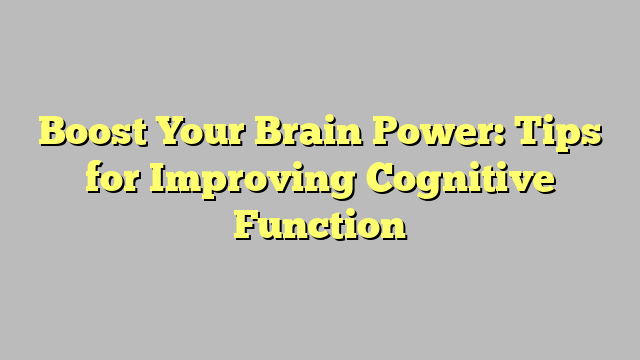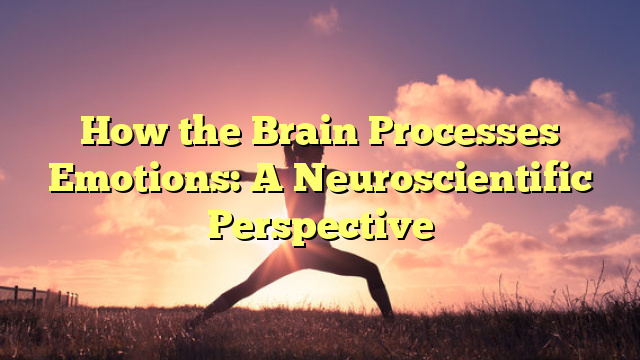Brain-based learning is a teaching approach that focuses on understanding how the brain processes and retains information. By designing learning experiences that align with the way the brain works, educators can optimize student learning and retention. In this article, we will explore the science behind brain-based learning and how it can be applied in the classroom.
Understanding the Brain and Learning
The brain is a complex organ that plays a crucial role in the learning process. When students receive new information, their brains go through a series of steps to process and store that information. These steps include attention, encoding, storage, and retrieval.
Attention is the first step in the learning process. In order for information to be retained, students must be able to focus on and engage with the material. Educators can help students maintain attention by making learning activities interesting and relevant to their lives.
Encoding is the process of converting information into a form that can be stored in memory. This often involves linking new information to existing knowledge and creating meaningful connections. By using techniques such as mnemonics and visualization, educators can help students encode information more effectively.
Storage is the next step in the learning process. Once information has been encoded, it must be stored in memory for later retrieval. Strategies such as repetition and practice can help strengthen memory storage and make it easier for students to recall information when needed.
Retrieval is the final step in the learning process. When students need to access information, their brains retrieve it from memory. By incorporating regular review and testing into their teaching practices, educators can help students strengthen their retrieval skills and improve their long-term retention of information.
Applying Brain-Based Learning in the Classroom
There are several strategies that educators can use to apply brain-based learning principles in the classroom. These include:
- Creating a positive learning environment that reduces stress and anxiety, which can hinder the learning process.
- Using multisensory approaches to learning, such as incorporating visual aids, hands-on activities, and group discussions.
- Providing opportunities for movement and physical activity, as this can help stimulate the brain and improve focus and attention.
- Offering regular opportunities for reflection and self-assessment, which can help students monitor their progress and reinforce learning.
Conclusion
Brain-based learning is a powerful approach that can help educators optimize student learning and retention. By understanding how the brain processes and retains information, teachers can design learning experiences that are engaging, effective, and long-lasting. By incorporating brain-based learning principles into their teaching practices, educators can help students reach their full potential and succeed academically.
FAQs
What is brain-based learning?
Brain-based learning is a teaching approach that focuses on understanding how the brain processes and retains information. By aligning learning experiences with the way the brain works, educators can optimize student learning and retention.
What are some strategies for applying brain-based learning in the classroom?
Some strategies for applying brain-based learning in the classroom include creating a positive learning environment, using multisensory approaches to learning, providing opportunities for movement and physical activity, and offering regular opportunities for reflection and self-assessment.
Unlock Your Mental Potential



